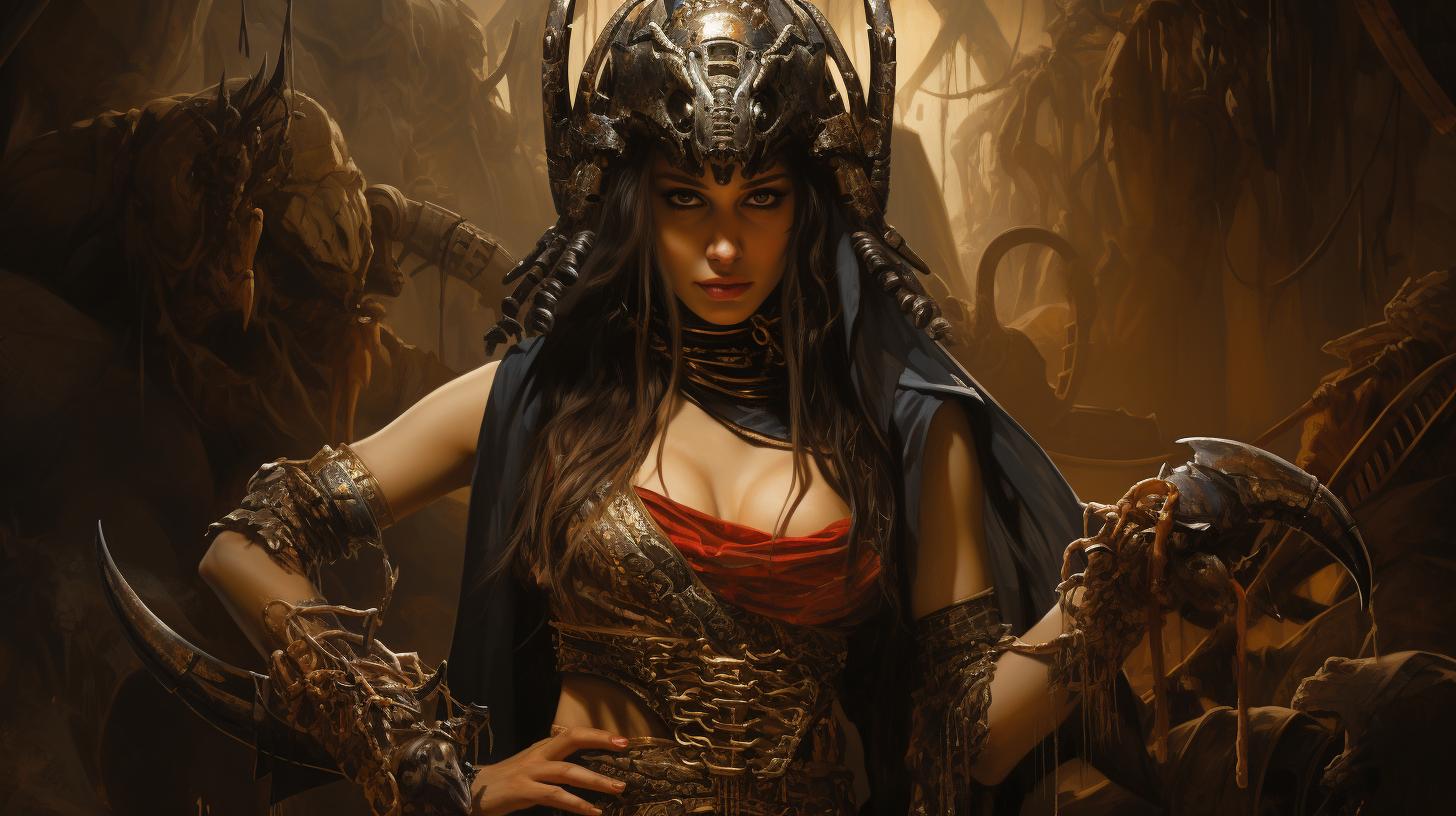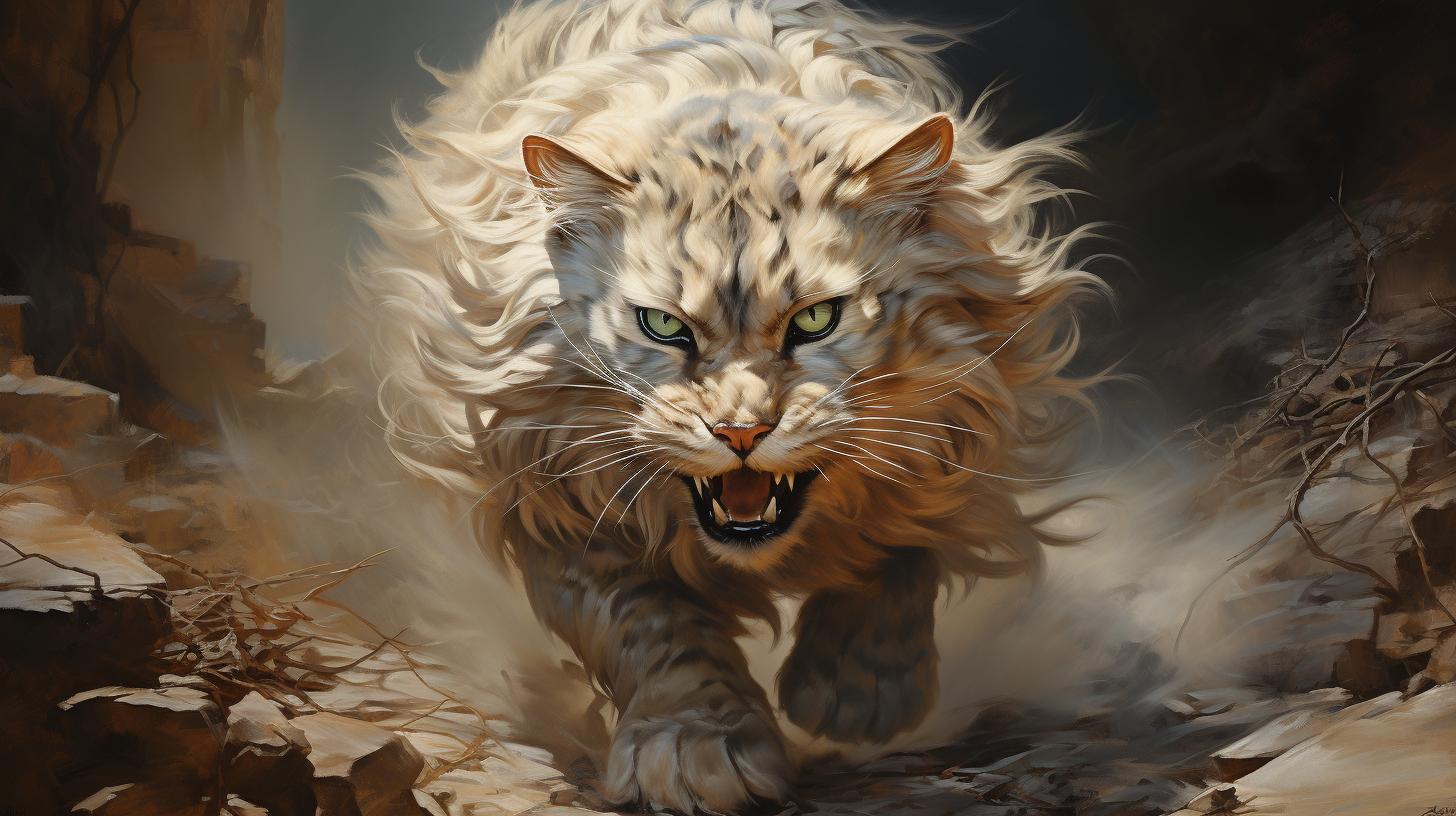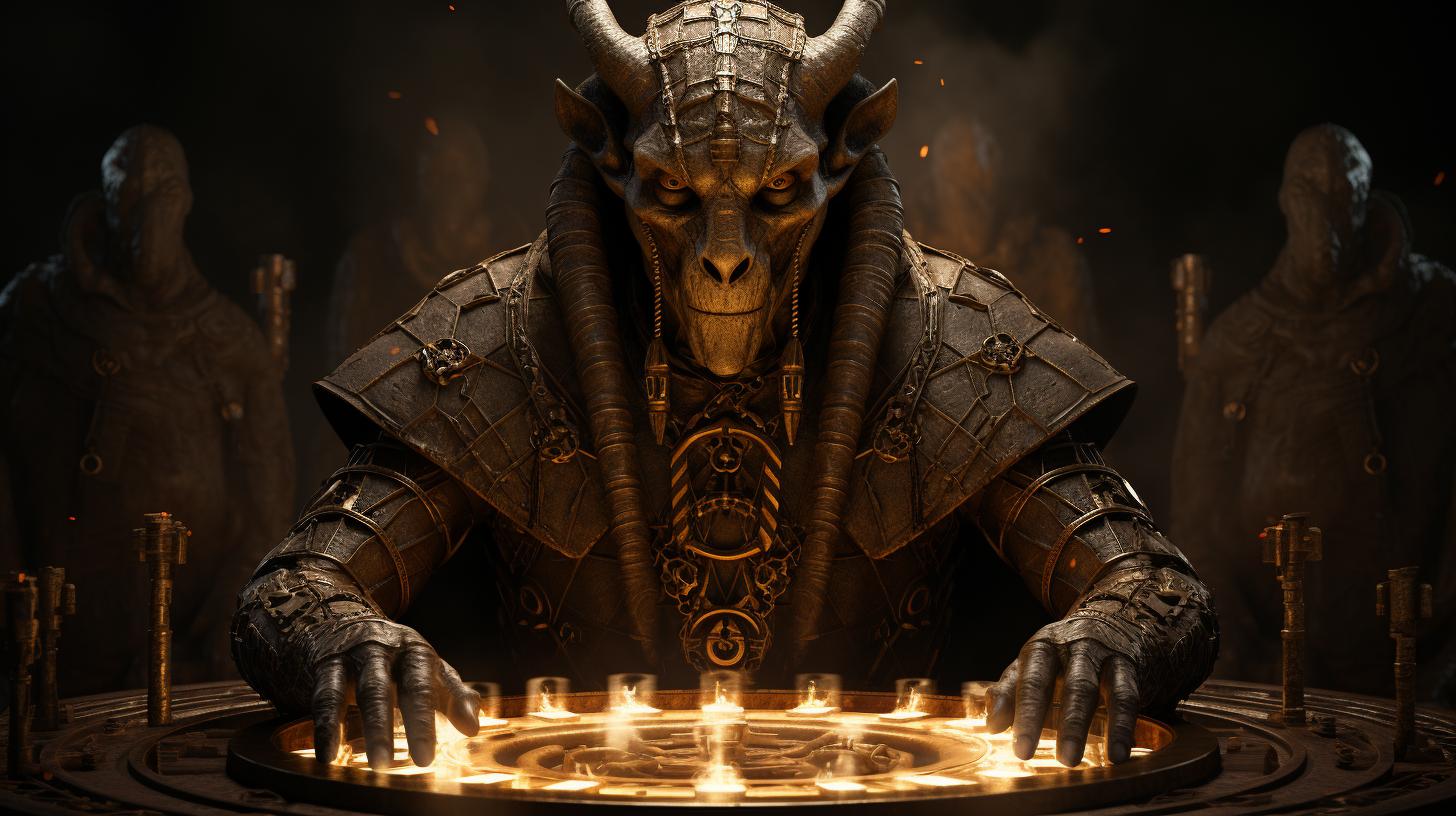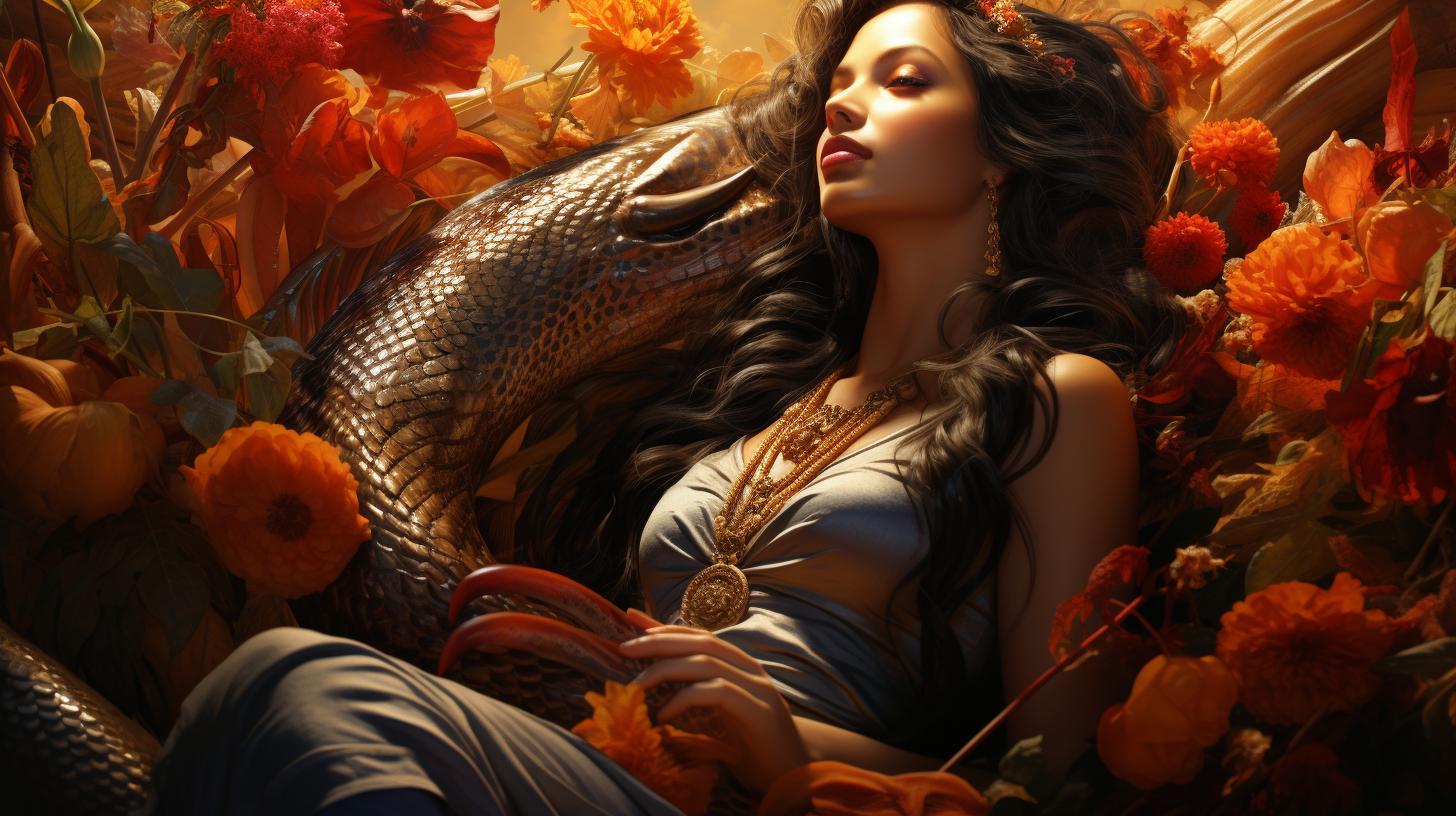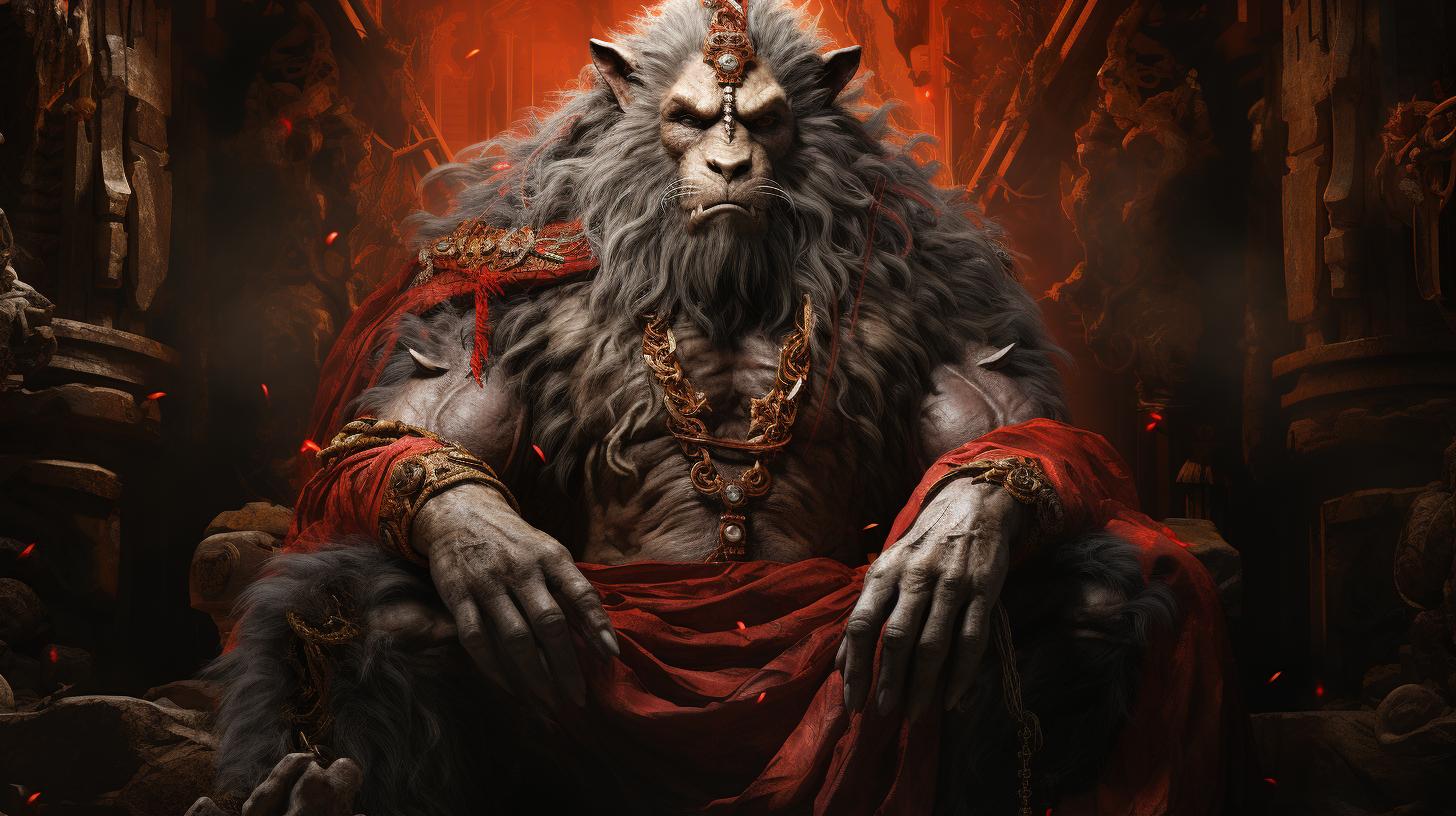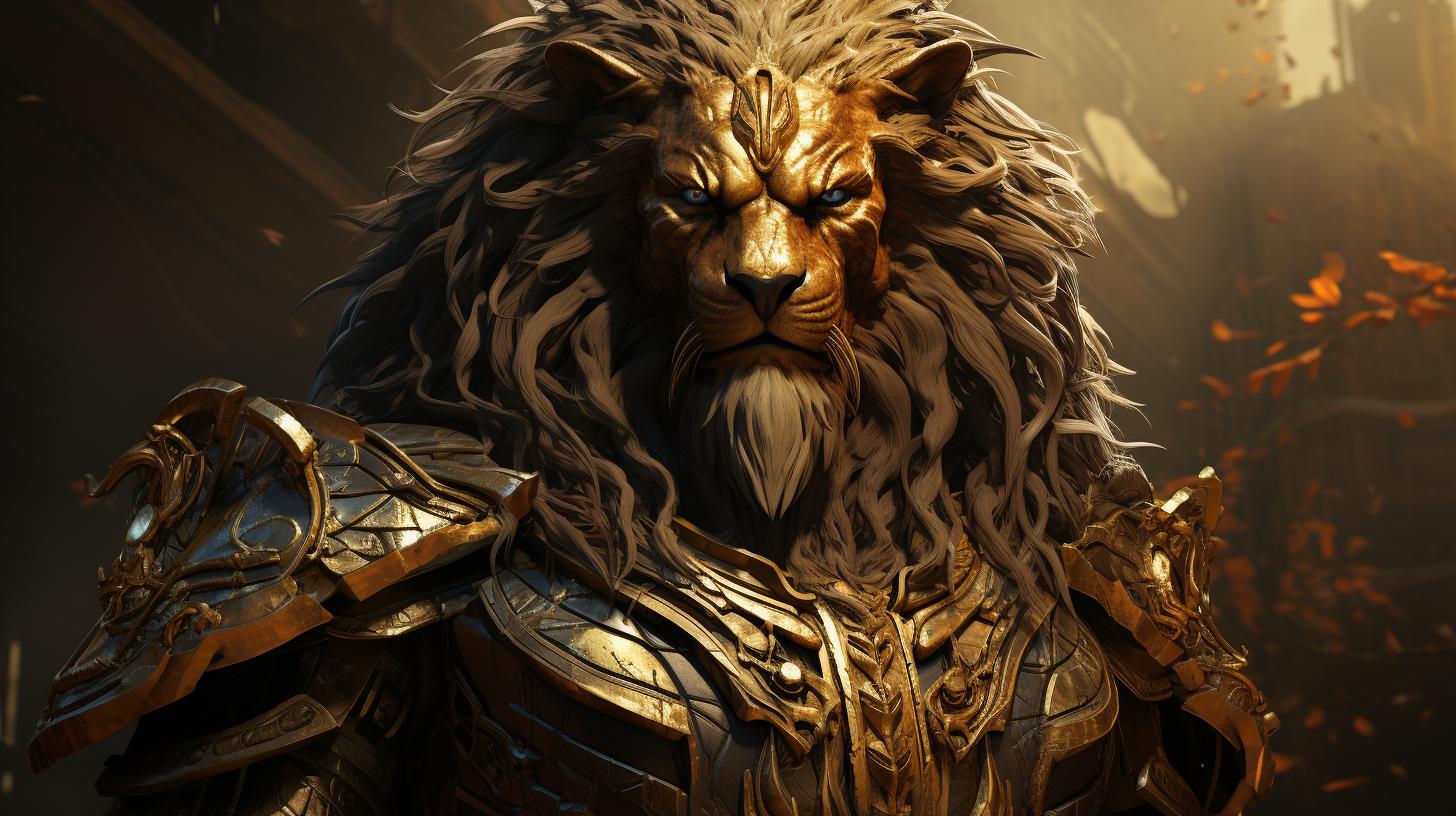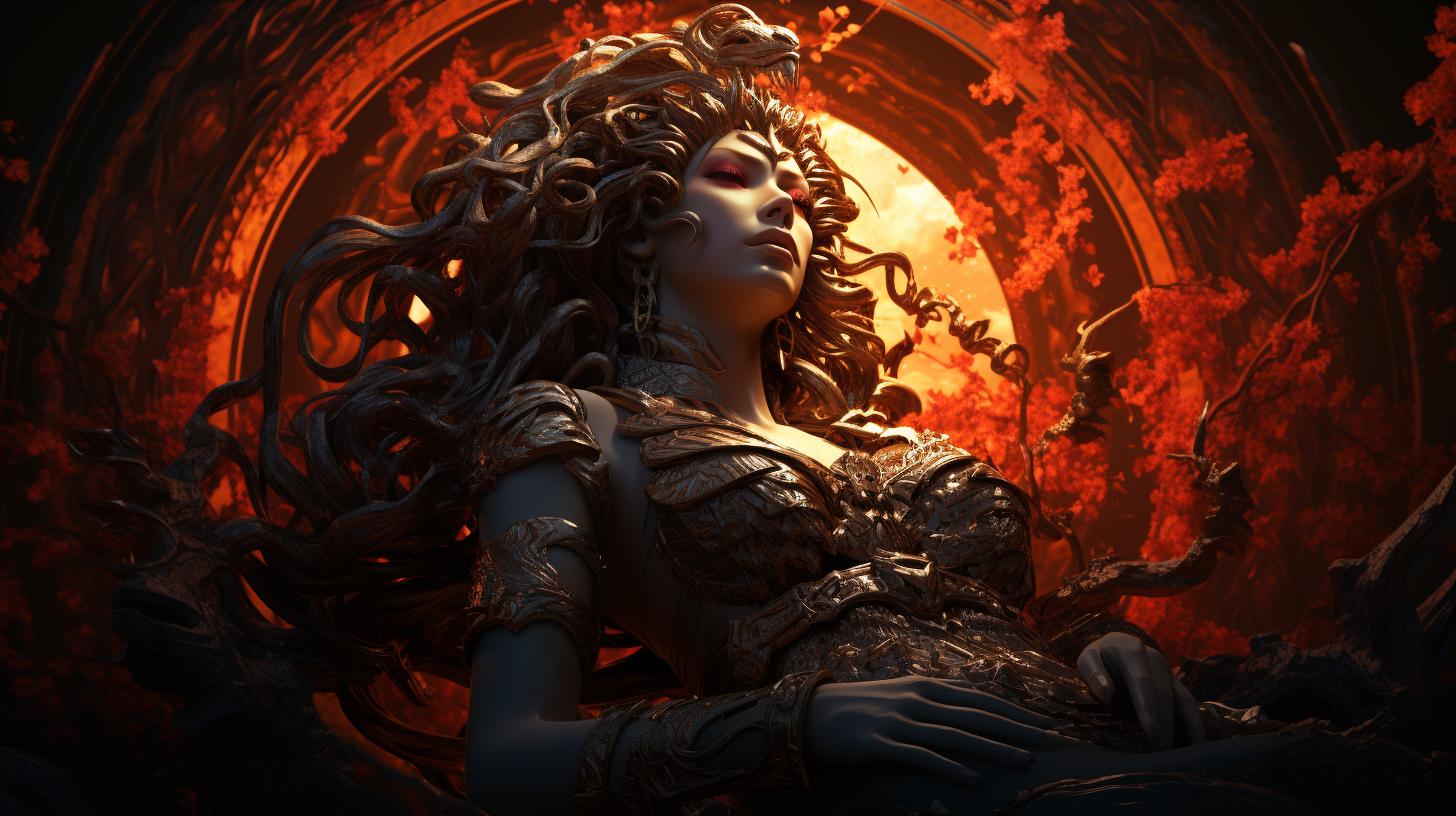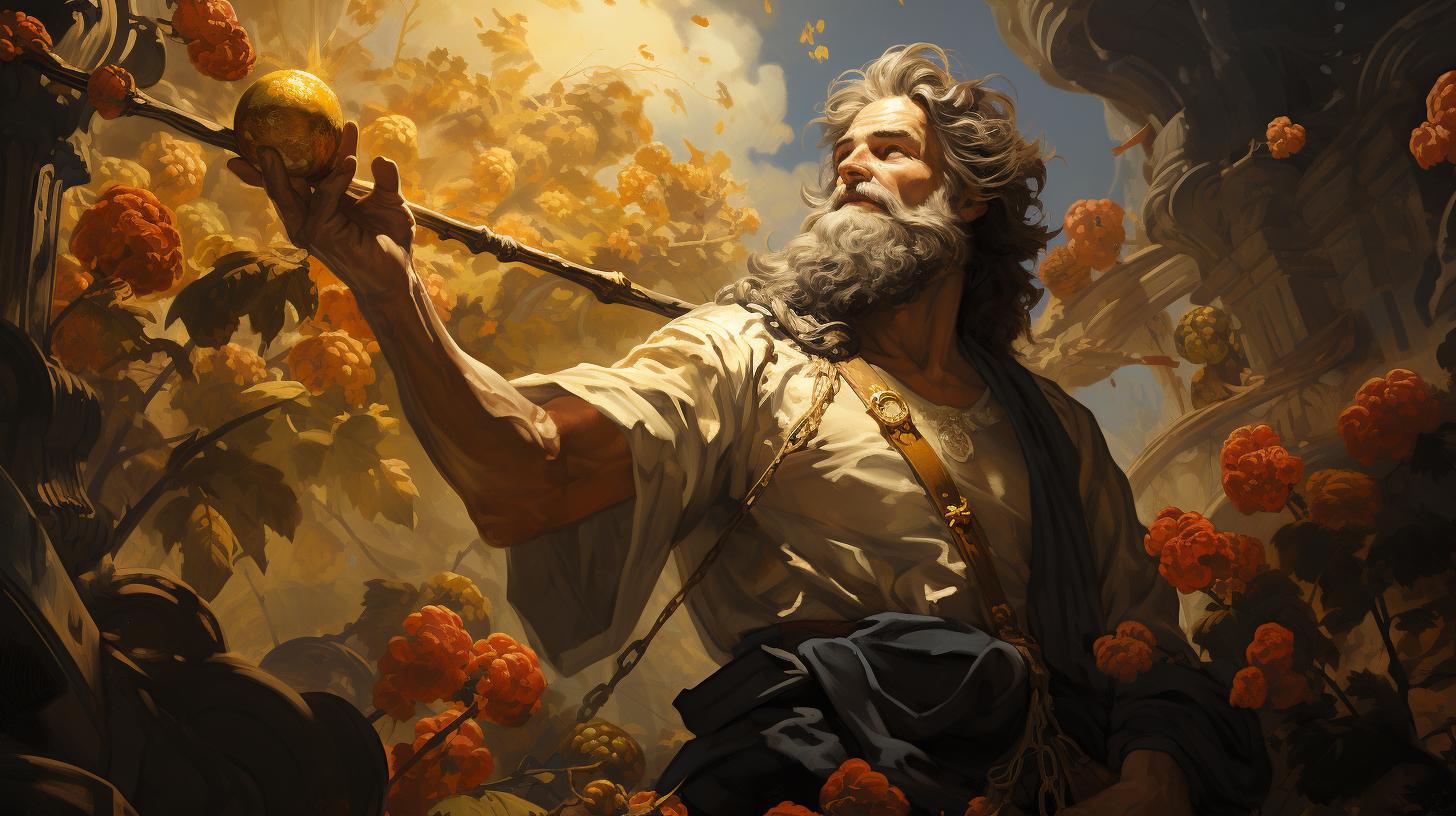Serqet: The Egyptian Scorpion Goddess Unveiled
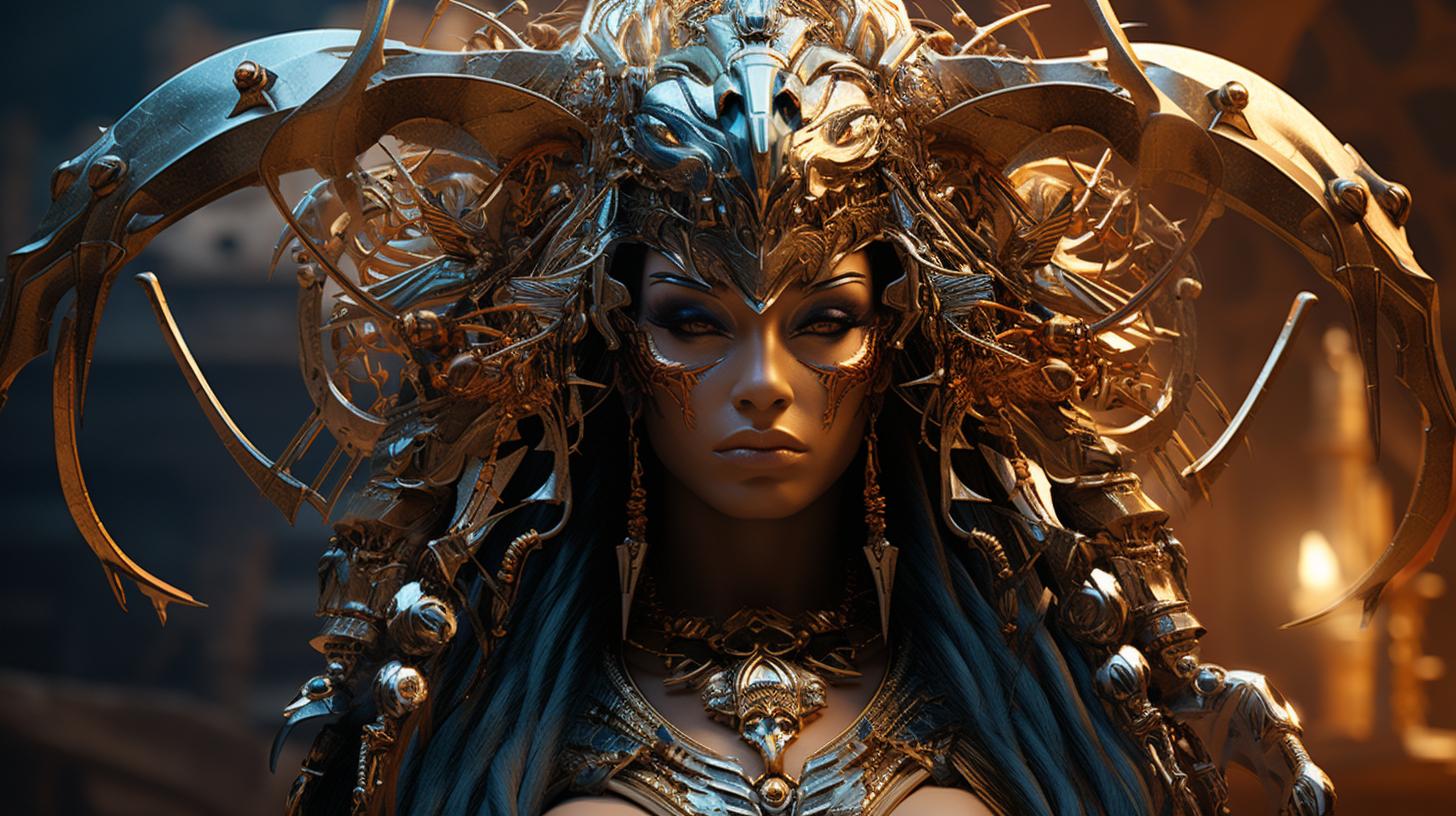
Serqet, the Egyptian scorpion goddess, is a powerful deity associated with the protection of the dead and healing in ancient Egyptian mythology. She is depicted as a woman with a scorpion on her head or as a scorpion with a woman’s head.
Serqet’s role extends to guarding the canopic jar containing embalmed intestines, protecting against venomous creatures, and assisting key figures like Isis, Horus, and Ra in their respective stories. This article provides an overview of Serqet’s significance, her mythological roles, and her iconic representations.
It is part of a larger exploration of Egyptian mythology and Serqet’s influence.
History and Mythology of Serqet
Serqet, also known as Selqet or Serket, holds a significant place in the history and mythology of ancient Egypt. She is a powerful goddess associated with the realm of the dead and revered for her protective and healing abilities.
In ancient Egyptian beliefs, Serqet was considered one of the deities of the underworld, entrusted with safeguarding the canopic jar containing the embalmed intestines of the deceased. As the embodiment of the scorpion, she possessed the power to control venomous creatures and was both a guardian and a bringer of punishment.
It is interesting to note that Serqet’s role extended beyond her association with the dead. Her divine influence also involved healing and protection against poisonous bites, particularly from scorpions, which posed a common threat in ancient Egypt.
People sought her protection by wearing amulets inscribed with her name, considering her a guardian of their well-being.
The mythology of Serqet intertwines with the stories of other prominent Egyptian deities.
Notably, she played a crucial role in the tale of Isis and Horus, safeguarding them from the wrath of Set while they were hidden in the delta swamps. Serqet was closely associated with seven scorpions who acted as guardians for the mother and child.
According to ancient accounts, she convinced Ra to halt his solar barge and provide assistance when Horus was poisoned by a magical serpent sent by Set. This mythic connection further emphasized Serqet’s unique protective powers, especially for children and pregnant women against venomous creatures.
Additionally, Serqet assumed the role of protector for Ra during his journey through the underworld, vigilantly watching for dangers and restraining the malevolent serpent named Apep. Her guardianship extended to all individuals brave enough to navigate the treacherous path of the afterlife.
Depictions of Serqet vary but often feature her as a woman with a scorpion atop her head or as a scorpion with a woman’s head. On occasion, she is portrayed donning the headdress of Hathor, though this association likely relates more to her connection with Isis.
A notable representation of Serqet is the golden figure in the quartet of deities protecting Tutankhamun.
This iconic image immortalizes her presence and highlights her significance in ancient Egyptian culture.
In conclusion, Serqet’s history and mythology are intricately woven into the fabric of ancient Egyptian beliefs. She is revered as a powerful deity, embodying both protection and healing.
Serqet’s enduring legacy spans generations, standing as a profound symbol of strength and guardianship, as revered today as she was in the time of the pharaohs.
Serqet: The Healing Goddess
Serqet, the Egyptian scorpion goddess, is not only a protector and vengeful deity but also holds a significant role as a healing goddess. This section delves into her abilities to control poisonous creatures and her association with amulets and protective measures.
Serqet’s Ability to Control Poisonous Creatures
As the goddess of scorpions and venomous snakes, Serqet possessed the extraordinary power to control these dangerous creatures. She was revered for her ability to protect people from venomous bites and stings, safeguarding them from the deadly effects.
Serqet’s influence extended beyond physical protection, as she was also believed to control the venom itself, using it to punish those who earned her disapproval.
Serqet’s Amulets and Protective Measures
Ancient Egyptians greatly feared scorpion and serpent bites as they were common threats in their daily lives.
To ward off these dangers, individuals sought Serqet’s protection by carrying amulets inscribed with her name. These talismans were believed to possess the power to repel venomous creatures and safeguard against their attacks.
Serqet became known as a guardian of health and well-being, and her amulets provided a sense of security in the face of potential harm.
- Amulets inscribed with Serqet’s name were carried for protection against venomous creatures.
- These talismans were believed to ward off scorpions and prevent snake bites.
- People sought Serqet’s divine intervention to safeguard their health and ensure their well-being.
- She was revered as a crucial figure in the battle against the perils of venomous creatures.
Through her remarkable control over poisonous creatures and the provision of protective amulets, Serqet played an integral role in promoting healing and safeguarding individuals from harm.
Note: This text is based on the provided information and general knowledge.
Serqet: Protector of Ra in the Underworld
Serqet, the Egyptian scorpion goddess, plays a crucial role as the protector of Ra, the sun god, during his perilous journey through the underworld. This section explores Serqet’s guardianship of Ra’s journey and her battle against the serpent Apep.
Serqet’s Guardianship of Ra’s Journey
During Ra’s voyage through the treacherous underworld, Serqet stands as a vigilant guardian, watching over him and ensuring his safe passage. With her ability to control venomous creatures, including serpents, she acts as a formidable defender against any threats that may arise along the way.
As Ra navigates the underworld, Serqet’s presence offers solace and protection, warding off dangers that seek to hinder his journey. Her watchful eyes are unwavering, ensuring that Ra faces no harm as he fulfills his vital role in the Egyptian cosmology.
Serqet’s Battle against the Serpent Apep
Apep, the serpent of chaos and embodiment of evil, poses a significant challenge to Ra’s passage through the underworld. In this fierce battle, Serqet confronts Apep, unleashing her power to restrain and defeat the malevolent serpent.
With her unwavering determination and control over venomous creatures, Serqet engages in a relentless struggle against Apep, preventing him from impeding Ra’s journey. Her role as a protector and warrior shines through as she ensures the continued harmony and order of the Egyptian cosmos.
This portrayal of Serqet as the defender of Ra in the underworld exemplifies her immense power and significance within Egyptian mythology. As both a guardian and a warrior, she reinforces the belief in overcoming darkness and assures the preservation of cosmic balance.
Iconography and Representation of Serqet
Iconography plays a significant role in depicting the Egyptian scorpion goddess, Serqet. Artists and craftsmen have represented her in various forms throughout history. These representations capture her essence and symbolize her distinctive attributes.
Depictions of Serqet as a Woman with a Scorpion Head
One of the most commonly seen representations of Serqet is as a woman with a scorpion head. This powerful imagery combines human and scorpion features, emphasizing her connection to both realms.
The hybrid form highlights her protective nature as well as her association with venomous creatures.
These artworks highlight Serqet’s dual nature, showcasing her intricate ability to guard against dangerous forces while embodying the primal strength and potency of the scorpion.
The artists skillfully capture the essence of the Egyptian scorpion goddess, creating a visual representation that resonates with her devotees.
Serqet’s Golden Figure as a Guardian of Tutankhamun
Among the numerous representations of Serqet, one of the most renowned is her golden figure serving as a guardian of Tutankhamun’s tomb. This exquisite artwork showcases her role as a protector of the pharaoh, warding off any threats from the afterlife.
The golden figure of Serqet is intricately crafted, showcasing her captivating presence as she stands tall and poised. The rich colors and meticulous attention to detail evoke a sense of divinity, reflecting the reverence and significance attached to her role in safeguarding Tutankhamun’s burial chamber.
This artistic representation symbolizes Serqet’s unwavering vigilance and guardianship, capturing her profound impact on the beliefs and practices of ancient Egyptians. The golden figure stands as an enduring testament to her power and enduring presence.
- Paintings and murals depicting Serqet’s distinctive appearance
- Sculptures showcasing Serqet as a woman with a scorpion head
- Reliefs and engravings capturing Serqet’s role in Egyptian mythology
- Amulets and jewelry featuring Serqet’s image for personal protection
Artistic Representations of Serqet
Further Reading on Serqet and Egyptian Mythology
To delve deeper into the fascinating world of Serqet the Egyptian scorpion goddess and Egyptian mythology, explore the following recommended resources:
- “The Complete Gods and Goddesses of Ancient Egypt” by Richard H.
Wilkinson
- “Egyptian Mythology: A Guide to the Gods, Goddesses, and Traditions of Ancient Egypt” by Geraldine Pinch
- “The Oxford History of Ancient Egypt” edited by Ian Shaw
Gallery: Artistic Representations of Serqet
Throughout history, artists have paid tribute to Serqet through their masterful creations.
These artistic representations capture the essence and symbolism of this intriguing Egyptian scorpion goddess. Let’s explore a selection of captivating portrayals:
Statue of Serqet:
This beautifully crafted statue depicts Serqet as a powerful goddess, poised and ready for action. Her scorpion body and womanly head are intricately detailed, showcasing the mythical allure of this deity.
Paintings of Serqet:
Various paintings showcase Serqet’s enigmatic persona. One notable piece portrays her in a fierce battle against venomous creatures, emphasizing her role as the protector against poisonous threats. Another painting highlights the goddess alongside Isis and Horus, symbolizing her involvement in their mythical journey.
Reliefs and Hieroglyphics:
One can also find Serqet’s presence in ancient Egyptian reliefs and hieroglyphics. These intricate carvings immortalize her image, often in scenes depicting religious rituals or stories from mythology. Her distinct form with the scorpion features stands out among other deities.
Jewelry and Amulets:
A variety of jewelry and amulets feature Serqet’s likeness, offering a more personal and portable connection to the goddess. These meticulously crafted pieces, adorned with her symbol, are believed to bring protection and ward off harm from venomous creatures.
Tutankhamun’s Treasure:
Serket’s presence is also showcased in the legendary treasures of Tutankhamun. An awe-inspiring golden figure of Serqet, alongside three other guardian goddesses, stands as a testament to her importance in ancient Egyptian beliefs and rituals.
These artistic representations of Serqet reveal the enduring fascination that she held for ancient Egyptians and continues to captivate modern audiences. Each artwork serves as a gateway to understanding her multifaceted nature and symbolic significance within Egyptian mythology.
.











